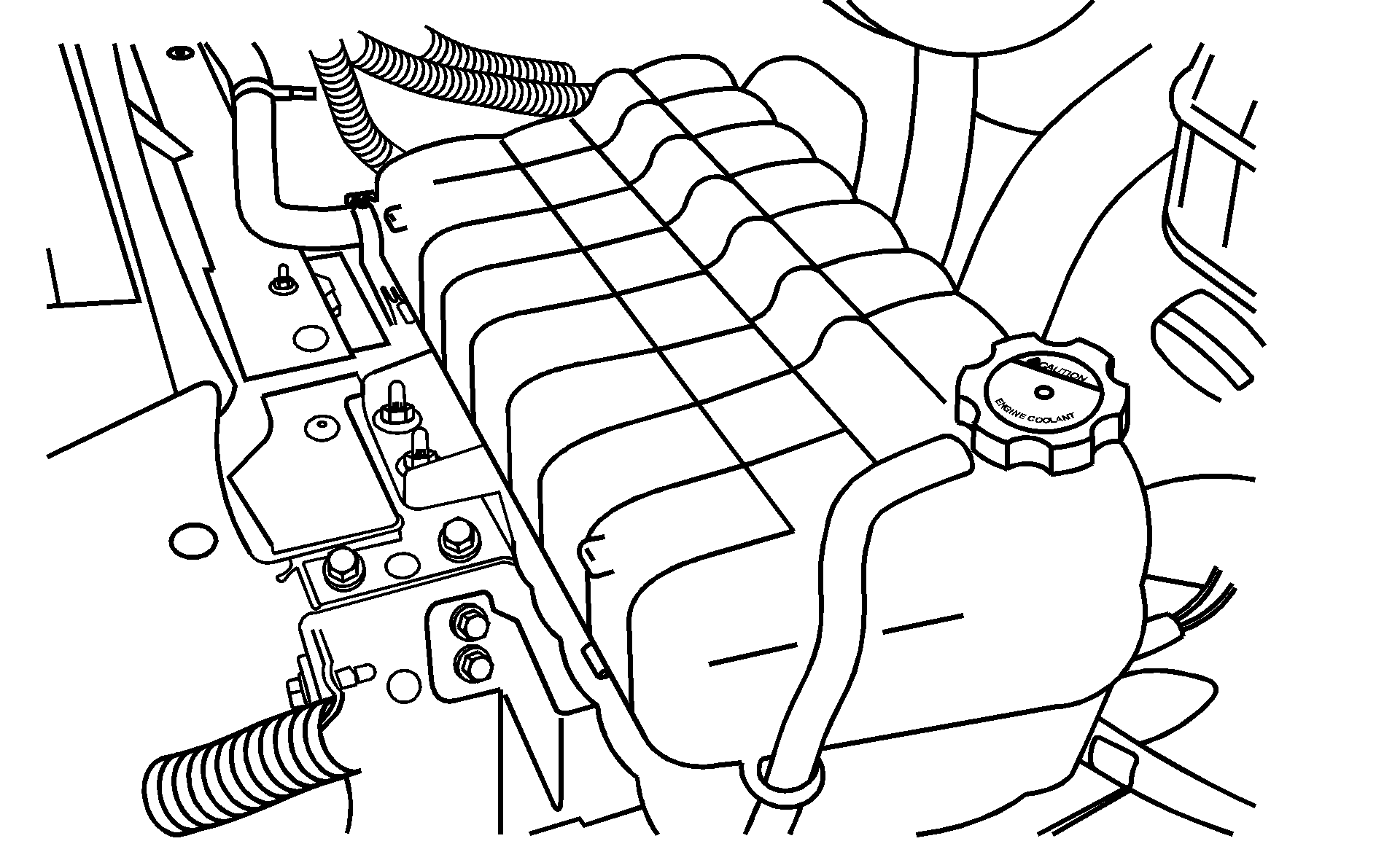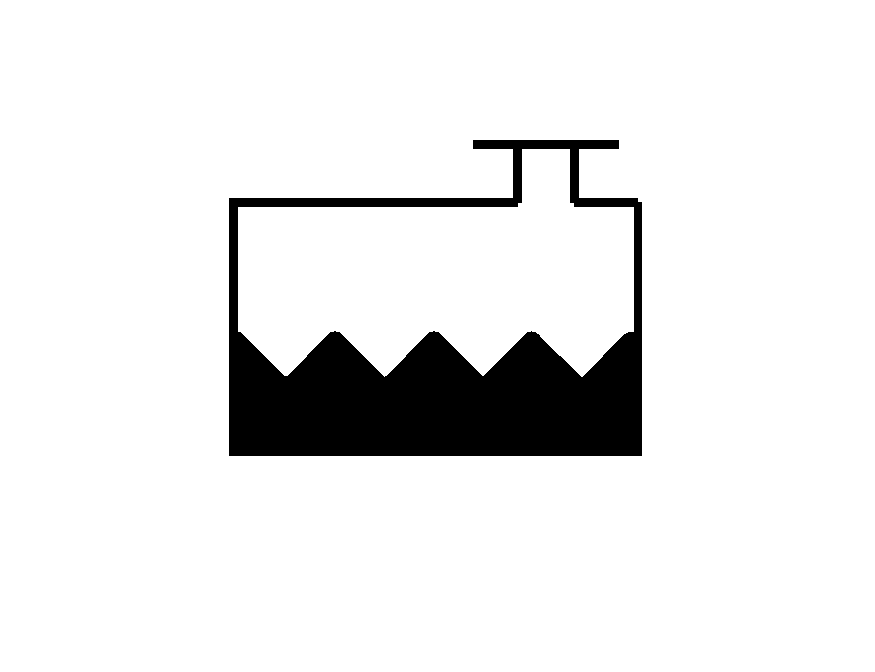Engine Coolant Gas and DURAMAX Engines
The cooling system in your vehicle is filled with DEX-COOL® engine coolant. This coolant is designed to remain in your vehicle for five years or 150,000 miles (240 000 km), whichever occurs first, if you add only DEX-COOL® extended life coolant.
The following explains your cooling system and how to add coolant when it is low. If you have a problem with engine overheating, see Engine Overheating .
A 50/50 mixture of clean, drinkable water and DEX-COOL® coolant will:
| • | Give freezing protection down to -34°F (-37°C). |
| • | Give boiling protection up to 252°F (122°C). |
| • | Protect against rust and corrosion. |
| • | Help keep the proper engine temperature. |
| • | Let the warning lights and gages work as they should. |
Notice: Using coolant other than DEX-COOL can cause premature engine, heater core or radiator corrosion. In addition, the engine coolant may require changing sooner, at 30,000 miles (50 000 km) or 24 months, whichever occurs first. Any repairs would not be covered by the vehicle warranty. Always use DEX-COOL (silicate-free) coolant in your vehicle.
What to Use
Use a mixture of one-half clean, drinkable water and one-half DEX-COOL® coolant which will not damage aluminum parts. If you use this coolant mixture, you do not need to add anything else.
Caution: Adding only plain water to the cooling system can be dangerous. Plain water, or some other liquid such as alcohol, can boil before the proper coolant mixture will. The vehicle's coolant warning system is set for the proper coolant mixture. With plain water or the wrong mixture, the engine could get too hot but would not get the overheat warning. The engine could catch fire and you or others could be burned. Use a 50/50 mixture of clean, drinkable water and DEX-COOL® coolant.
Notice: If an improper coolant mixture is used, the engine could overheat and be badly damaged. The repair cost would not be covered by the vehicle warranty. Too much water in the mixture can freeze and crack the engine, radiator, heater core, and other parts.
If you have to add coolant more than four times a year, have your dealer check your cooling system.
Notice: If you use extra inhibitors and/or additives in your vehicle's cooling system, you could damage your vehicle. Use only the proper mixture of the engine coolant listed in this manual for the cooling system. See Part C: Recommended Fluids and Lubricants for more information.
Checking Coolant

The coolant surge tank is located in the engine compartment on the driver's side of the vehicle.
Caution: Turning the surge tank pressure cap when the engine and radiator are hot can allow steam and scalding liquids to blow out and burn you badly. Never turn the surge tank pressure cap -- even a little -- when the engine and radiator are hot.
The vehicle must be parked on a level surface. When your engine is cold, the coolant level should be at the FULL COLD mark or higher.

If the low coolant warning light comes on in the instrument panel cluster and stays on, it means you are low on engine coolant.
See Low Coolant Warning Light for further information.
Adding Coolant
If you need more coolant, add the proper DEX-COOL® coolant mixture at the surge tank, but only when the engine is cool.
Caution: You can be burned if you spill coolant on hot engine parts. Coolant contains ethylene glycol, and it will burn if the engine parts are hot enough. Do not spill coolant on a hot engine.
When replacing the pressure cap, make sure it is hand-tight and fully seated.
Engine Coolant Caterpillar Diesel Engines
If your vehicle has a Caterpillar® diesel engine, see the Caterpillar® Diesel Engine Operation & Maintenance Manual provided with your vehicle to find out what to add, as well as when and how to service your cooling system.
